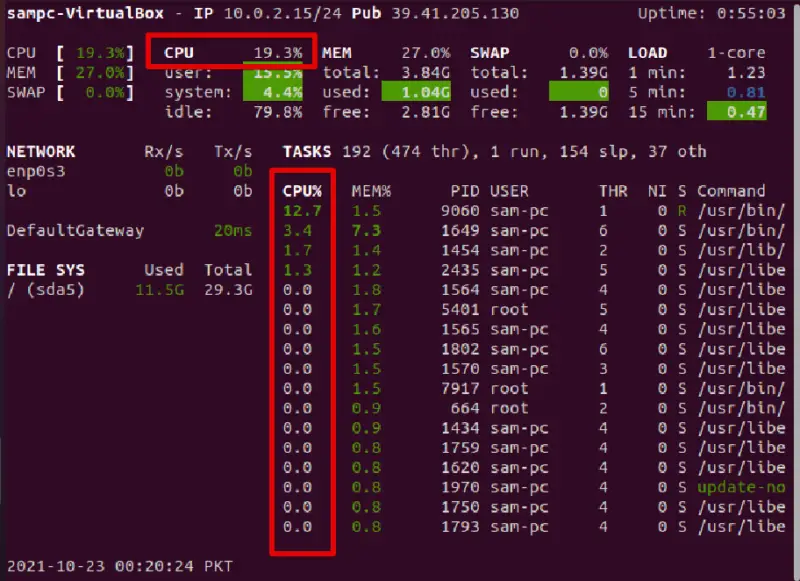

The kernel is spending to access user files. The larger the reported values for these operating system routines, the more time The number of directory block reads issued per second. Hence, most igets are the result of DNLC misses. If namei does not find a directory name in the DNLC, it calls iget to get the inode for either a file or directory. The number of file system path searches per second.

The number of requests made for inodes that were not in the directory name look-up cache (DNLC). The following list describes the field names and description of operating system routines Display file access operation statistics with the sar -a command.For information about how to set up the sar command to run on your system, as well as a description of these tools, see Collecting System Activity Data Automatically ( sar).įor a detailed description of this command, see the sar(1) man page. Generate automatic reports to measure and monitor system performance, as well as special request reports to pinpoint specific performance problems. Organize and view data about system activity.Īccess system activity data on a special request basis. Use the sar command to perform the following tasks: Troubleshooting Miscellaneous System and Software Problems (Tasks) Troubleshooting System and Software Problems (Tasks)Ģ0. Managing System Crash Information (Tasks)ġ9. Managing the System Console, Terminal Devices, and Power Services (Tasks)ġ7. Setting Up and Administering Printers by Using CUPS (Tasks)ġ6. Setting Up Automatic Data Collection ( sar)ġ5. Producing Reports With the sa2 Shell Script Running the sadc Command Periodically With the sa1 Script How to Check Overall System Performance ( sar -A)Ĭollecting System Activity Data Automatically ( sar) How to Check System Table Status ( sar -v)

How to Check Interprocess Communication ( sar -m) How to Check Kernel Memory Allocation ( sar -k) How to Check Page-Out and Memory ( sar -g) How to Check System Call Statistics ( sar -c) How to Display Disk Space Information ( df -k) How to Display Extended Disk Statistics ( iostat -xtc) How to Display Disk Utilization Information ( iostat) How to Display Interrupts Per Device ( vmstat -i)ĭisplaying Disk Utilization Information ( iostat) How to Display Swapping Statistics ( vmstat -S) How to Display System Event Information ( vmstat -s) How to Display Virtual Memory Statistics ( vmstat) Monitoring System Performance (Tasks)ĭisplaying System Performance Information (Task Map)ĭisplaying Virtual Memory Statistics ( vmstat) Working With Oracle Configuration Managerġ1. Booting and Shutting Down an Oracle Solaris Systemĥ. Managing User Accounts and Groups (Tasks)Ĥ. Managing User Accounts and Groups (Overview)ģ. Locating Information About Oracle Solaris CommandsĢ.


 0 kommentar(er)
0 kommentar(er)
